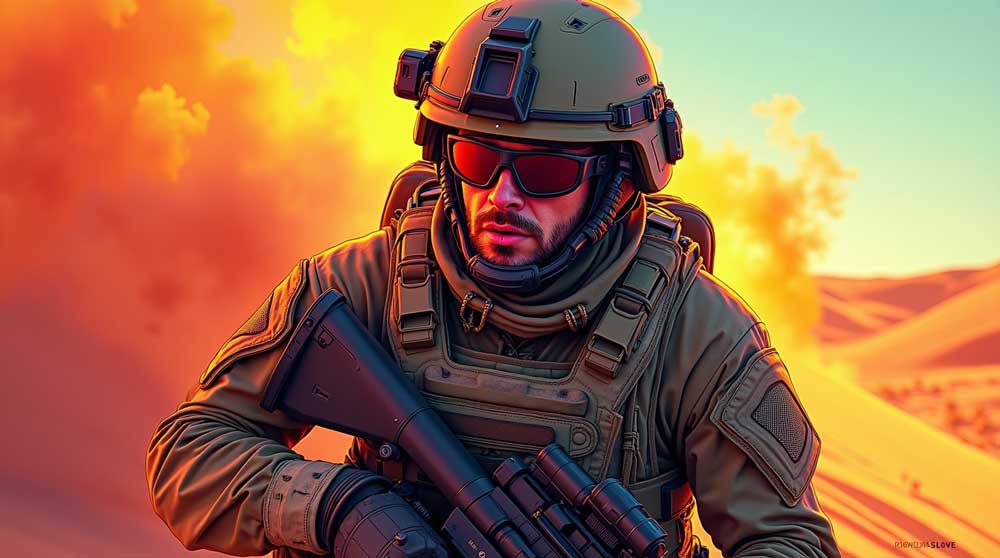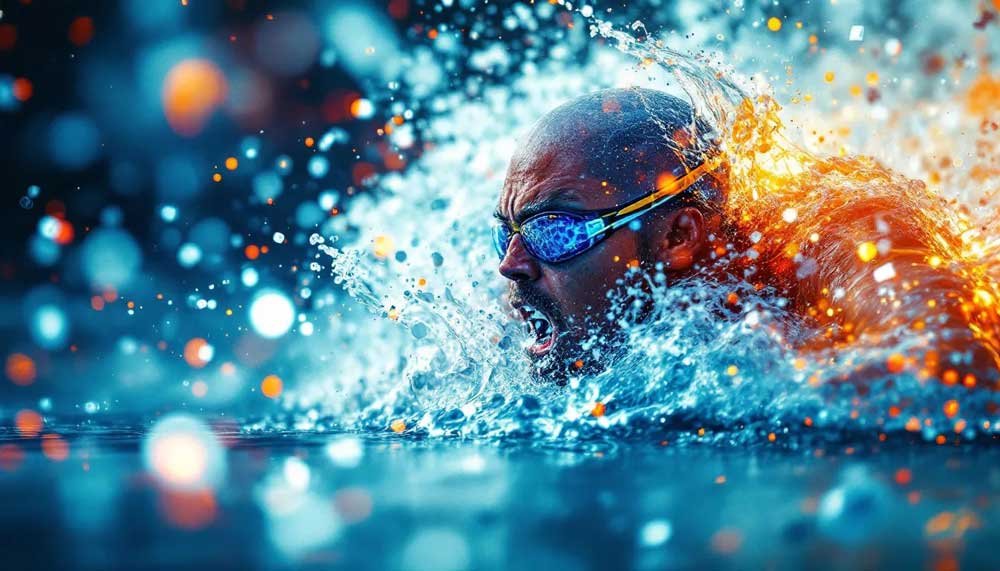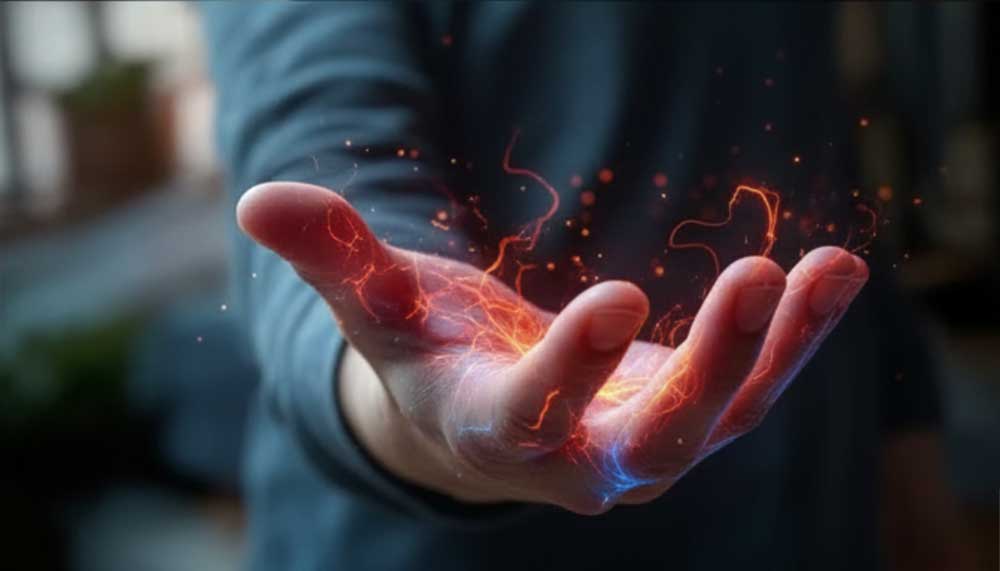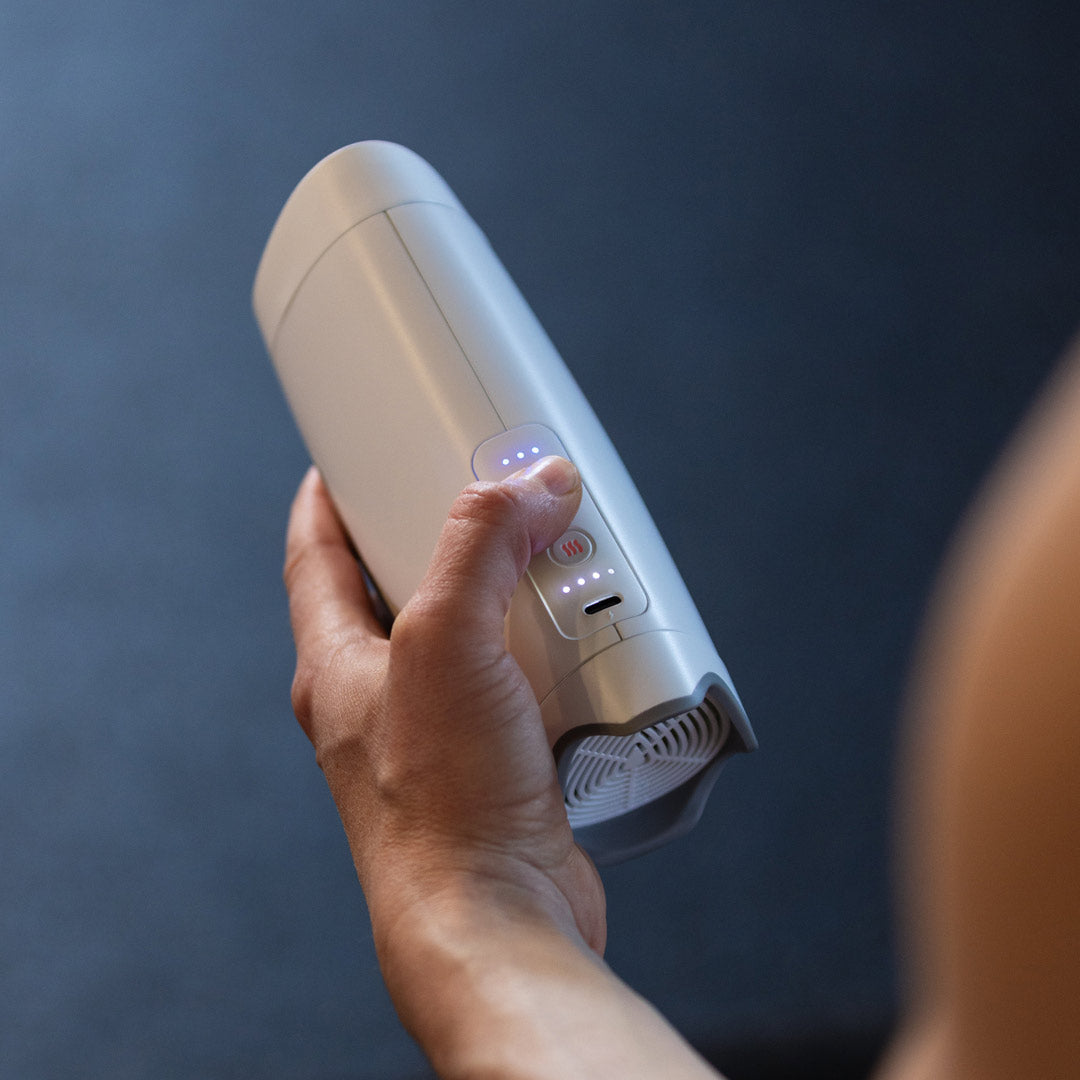Heat stress is a silent but serious adversary in military operations. Soldiers carrying heavy packs, wearing body armor, and working in desert or jungle climates face elevated risks of fatigue, heat exhaustion, and even heat stroke. Unlike athletes, who can take scheduled breaks, soldiers must often perform continuously under extreme conditions. This makes heat management a matter of survival, not just performance.
Palm cooling has been tested by military and special forces units as a countermeasure. By reducing core temperature through the AVAs in the palms, soldiers can sustain endurance and mental focus under extreme load and heat. Reports indicate that cooling technologies have been incorporated into both training environments and live field protocols, helping maintain performance during extended missions. While many details remain classified, the military’s interest underscores the effectiveness of palm cooling in environments where physical output and quick decision-making are critical.
Beyond combat, palm cooling has potential applications in disaster response, humanitarian missions, and training camps where recruits are especially vulnerable to heat stress. By lowering physiological strain, palm cooling reduces downtime and injury risk, while allowing soldiers to maintain their edge in high-stakes situations. As climate change increases the likelihood of heat-intensive conflicts and deployments, portable cooling tools may become standard issue across armed forces.






Leave a comment
This site is protected by hCaptcha and the hCaptcha Privacy Policy and Terms of Service apply.